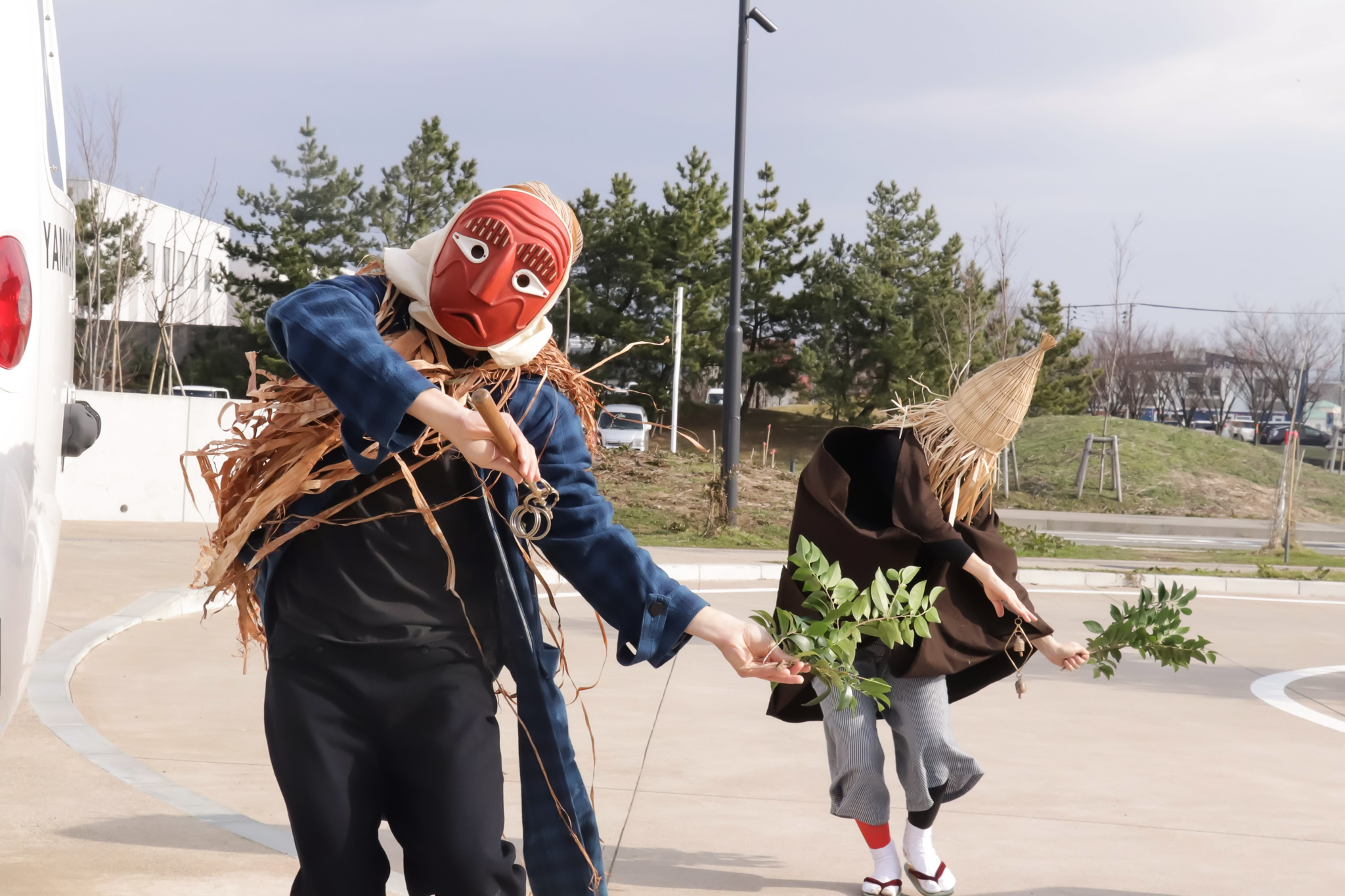
2020.03.09 Setsubun Project 2020
Text : Tomoko Nagao
Followed by last year’s first Setsubun (節分, or traditional day before beginning of spring), “Guests from the Other World”, or “Mysterious Unknowns” returned to Yamanoko this year. Our way of Setsubun rituals had never been the reenactment of the simple, well-known “setsubun which isthe time where demons (鬼, pronounced oni) come →demons are bad guys →so we throw beans and defeat them!”. But rather, it has been the whole Yamanoko team’s creation of opportunity for children to encounter the existence from the other world. This time around, we decided to seek from advice by Masanori Naruse, a Yamabushi (山伏, or mountain priest) / a cultural anthropologist. Mr. Naruse’s lecture on features of traditional seasonal rituals that had been taking place between each season, and concepts of raiho-shin (来訪神, or joy-bringing spirit from the divine realms) greatly contributed in developing this year’s Setsubun from the one last year.
Preparation -so who is visiting us?
As the day got closer, it seemed that each class had conversations on this year’s Setsubun. There were a few class staffs who were wondering whether they should use the word “(demons)” to describe or not. “So are demons visiting us? I mean, they aren’t demons so I guess ‘mysterious unknowns’? How shall we introduce to children?” Such conversations were heard quite often. From children’s side, on one hand it looked like some already were not bound to the typical “setsubun =demons =defeat”, saying “last year I remember this guest with a red mask came. What about this year?”, but there were 5 year olds who did not experience setsubun at Yamanoko last year, all ready to fight the demons (“this is how I’m attacking them when they come!”).
While many of the 3 year olds and older (including us adults) seemed to already have the idea of typical setsubun learned through picture books, fairy tales and songs, it was fascinating to hear conversations such as “what’s happening this year?” “who will visit us?”; none of us adults or children knew exactly how to define the existence -the only fact we were aware of was that somebody, or something is coming for sure. At this stage having mutual understanding by the whole team becomes crucial. Under such unconcrete circumstances where nobody could state with confidence “XX is coming” as there was not a word to describe it, we all had to be aware of what exactly we are creating. And so, below notions were shared and explained on email, and also at the team meeting a few days in advance.
- For Setsubun this year, mysterious unknown will visit again to provide us with opportunity to encounter the other world.
- The mysterious unknown will not scare us on purpose (but children may become afraid of the unknown existence itself). According to traditional Japanese performing arts (which Mr.Naruse is specialised in) there are two types of gods; jozai-shin (常在神 or indigenous gods) and raiho-shin (visitor gods), and this time we will welcome the latter, who will come and leave when the time comes.
- This year we will have two visitors and will incorporate elements of “yoshuku” (予祝 or advanced celebration); an important element in traditional Japanese performing arts in which performers visit houses to houses to perform manzai, or Japanese stand-up comedy show, and leave.
In this certain context, celebration is about affirming our existence and making us feel living life is valid and is an act of optimism. - It will be something similar to traditional “winter festival” back in ancient times. Just like new year’s eve, the end of winter season, the day after winter festival was spring festival. Less sunlight during the day, dying trees and plants -the territory of life becomes the most limited during winter. It is said in the folklore that writes about winter festival, that an old man and an old woman came down from the mountains one winter day, and practised rites to calm the mountain spirits and revive the nature by sowing seeds. Setsubun, the day in which is before risshun (立春 or first day of spring) is supposed to have similar role to this.
After the above became mutual recognition by the whole team, the preparation started to take place, away from children’s eyes. Items that represent the other world (a tribal mask, a headgear made out of straw, a coat made out of wood skin, musical instruments, evergreen branches and etc.) were brought by the team members and Naruse san.
On the day – Silent visitors – came in from the garden
Their presence is undeniable, yet their identity is undeniably unclear. ; with the fear and curiosity toward the unknown ,some children clinged onto adults and cried, while others looked startled and came closer. Some, while turning their faces away from the “guests”, kept on glancing at them. We also heard some say “Look, they have hands like humans. They must be humans! It’s just they are wearing this kind of costumes!”, trying to tell himself that they are humans and there is nothing to be afraid of. When the “guests” entered the facility from the garden through the entrance, one 6 year old said “Yes you may enter. But please take off your shoes”. When the “guests” danced, another child made a remark, “That one with a straw hat, he looks like a child”. Strangely enough, there was not a single child who threw beans at them, although all of them had some in their palms. When the “guests” left Yamanoko, dancing away as they dropped evergreen leaves, some children even went after them calling out “Don’t go home yet! Here, take some beans”, One of the two “guests” had a musical instrument and played it as they performed, but not a single word was spoken. A world without words evoking more imagination and will to explore. When the “mysterious unknown as guests” appeared in front of them, children spontaneously began internal communication with this otherworldly existence, explored on their own and questioned, and took actions based on these questions and explorations. The “guests”, too, continued to dance as though they were guided by children’s such actions -the whole scene was created through mutual resonation.
Lastly, please allow me to share a comment by T, an Akebi staff.
Akebi children seemed to have fear at first however they were gradually drawn into their peculiar, otherworldly atmosphere and spontaneously began dancing, mimicking the “guests” (probably because they were genuinely fascinated). The whole scenery was just like one story told.
Moreover, the way children also began discussing the purpose of the visit by the “guests” (“what have they come here for?” “Do they want beans?” “Are they here to see somebody?” ) clearly reflected “exploration method” we apply in child education everyday.
When the “guests” have left, one 5 year old said “perhaps they might have come to protect us from demons”. It seems that the way he saw the “guests” was rather positive (like a friend or a someone on our side).
This 5 year old is the same 5 year old who previously said he was ready to fight the demons. His such remark (“perhaps they might have come to protect us”) must have been the outcome of exquisite intersection of his initial idea of“setsubun is the day I fight the demons” and what he actually ended up experiencing this year.
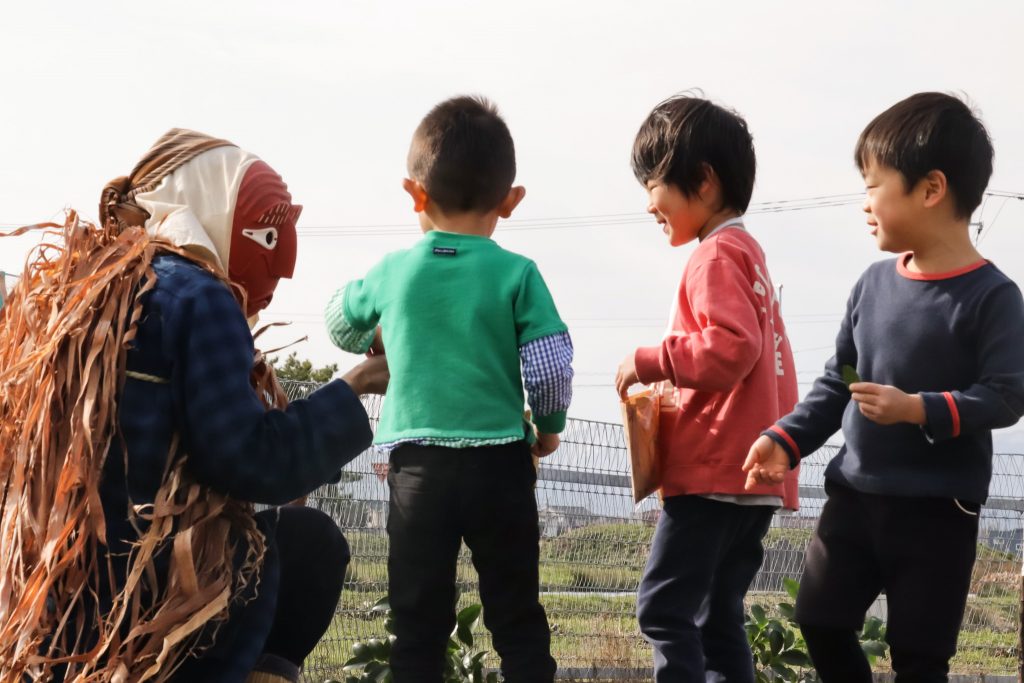
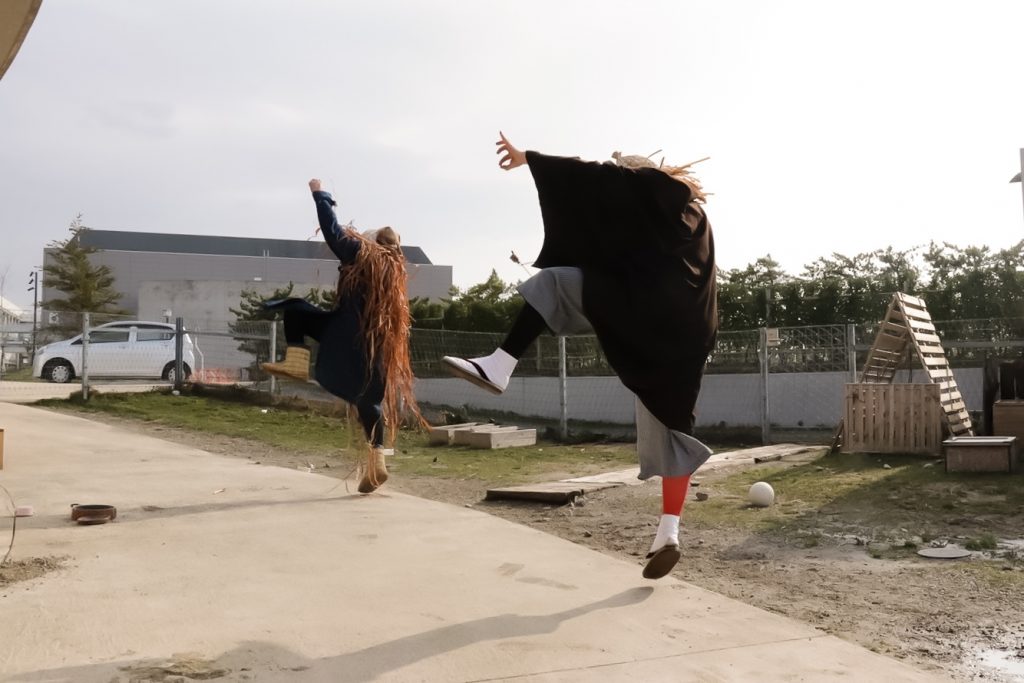
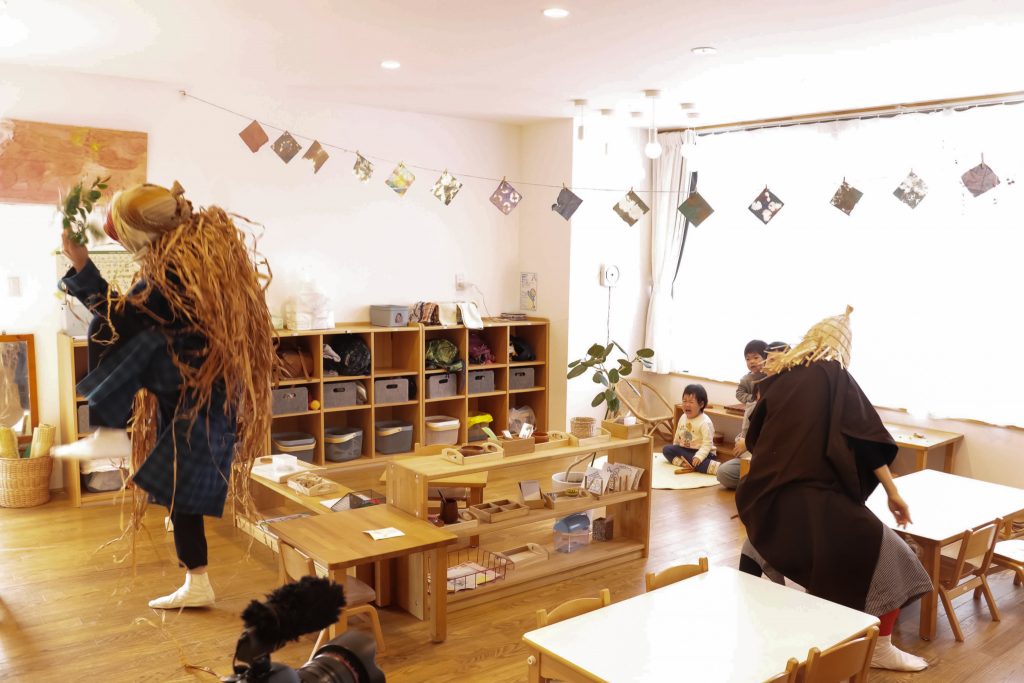













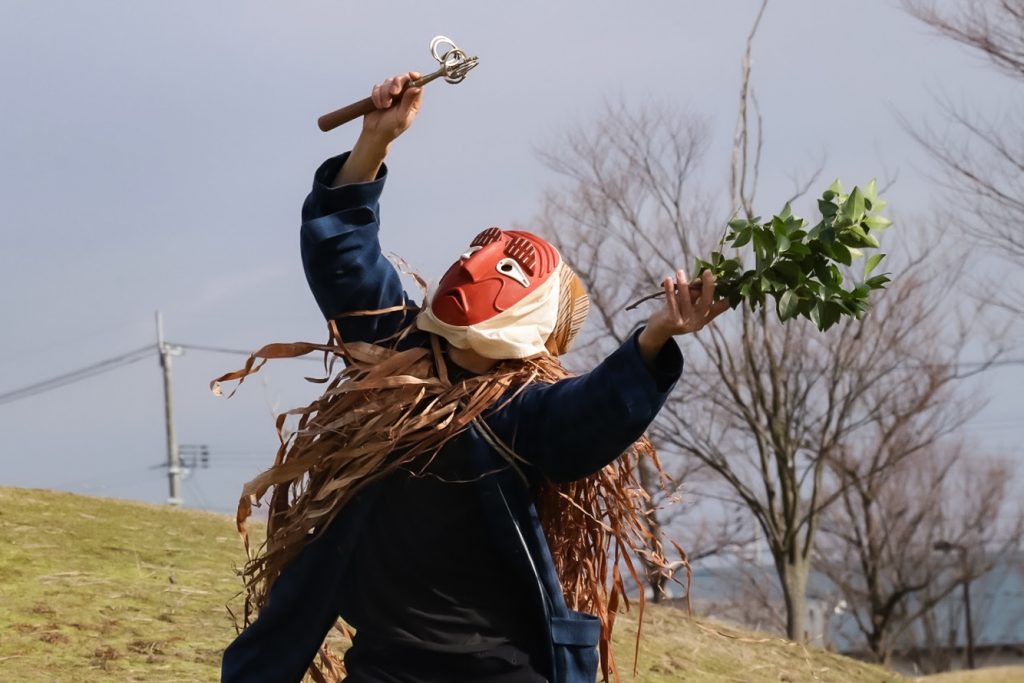
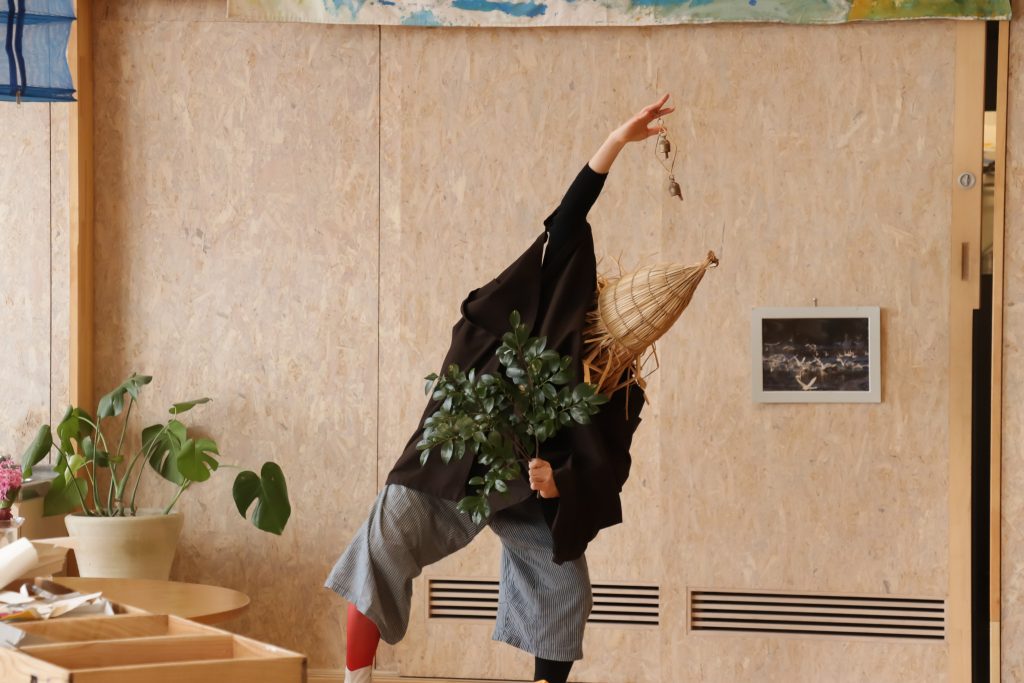
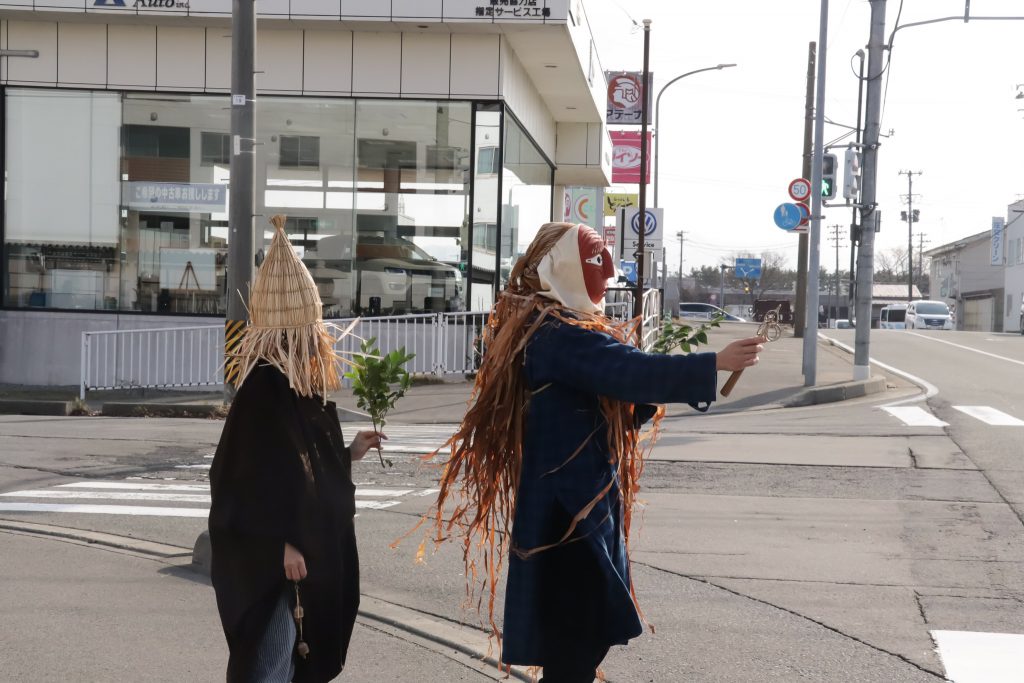
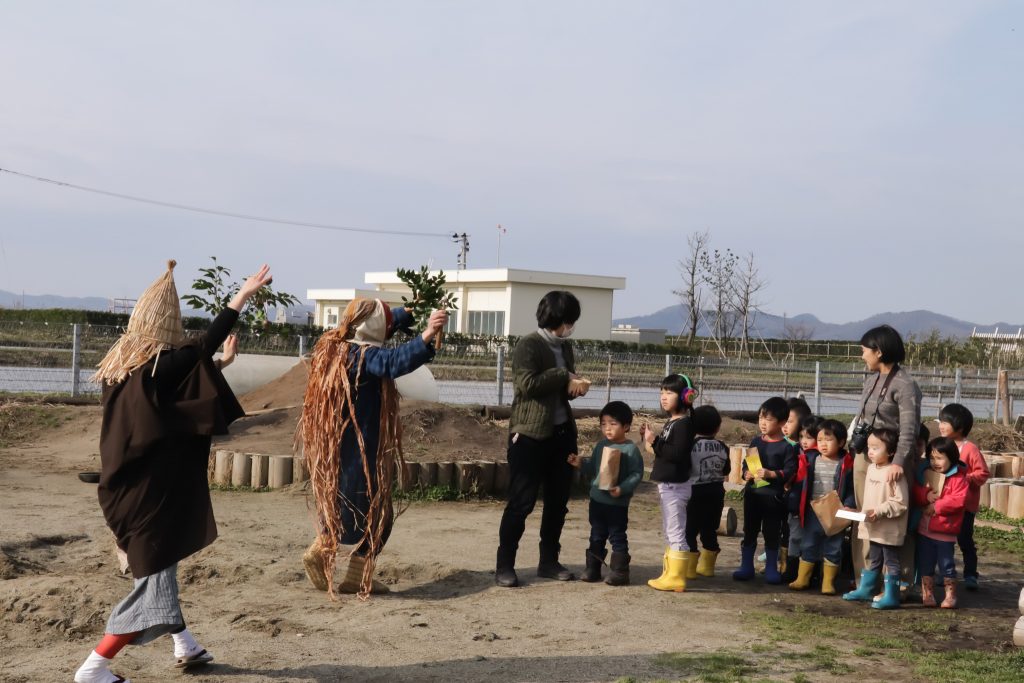
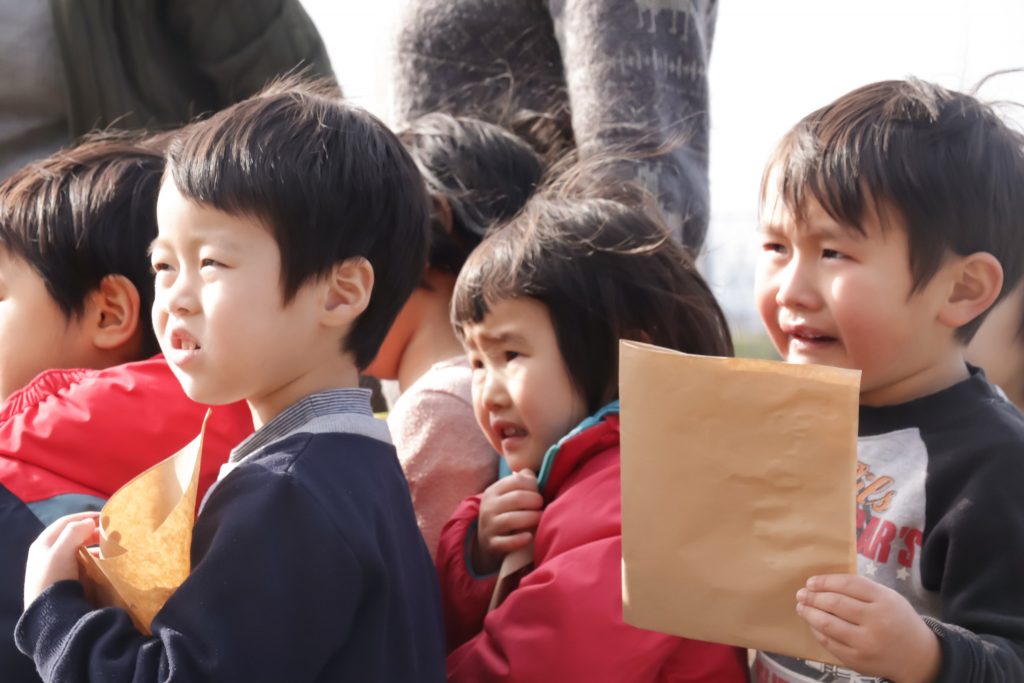
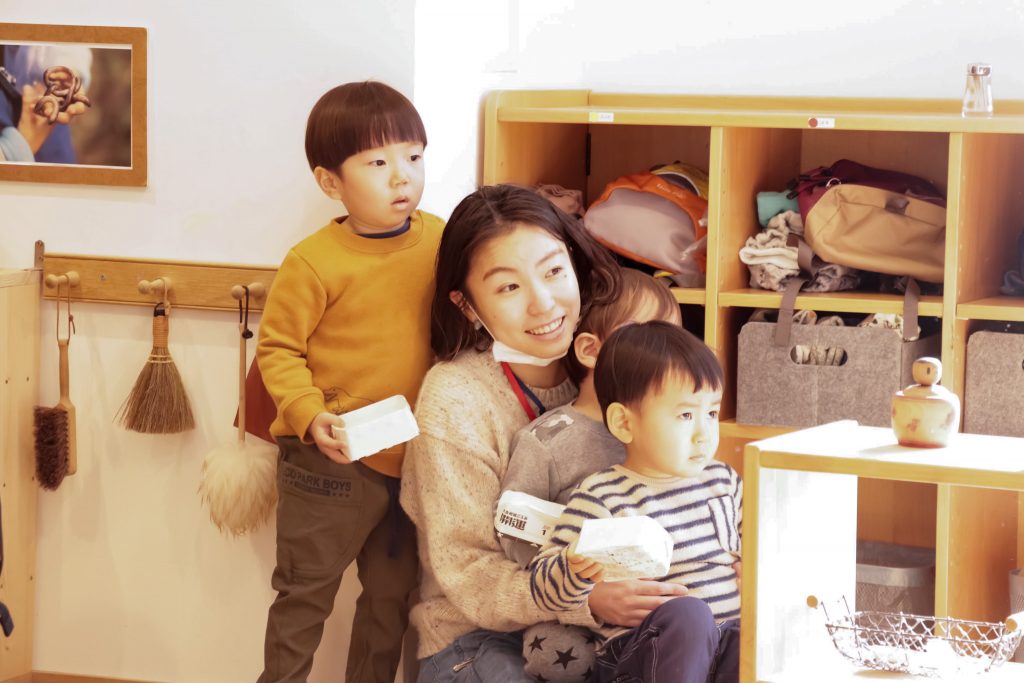
 PREV
PREV